Bonfire toffee (also known as Treacle Toffee or Plot Toffee) is traditionally eaten on Bonfire Night when the UK celebrates the downfall of Guy Fawkes and his Gunpowder Plot. Rich, buttery and deliciously dark, this treacle toffee recipe also makes a great Halloween treat.
Have you heard of a black treacle cake called thor cake? It’s from Derbyshire and it is also popular on Bonfire Night.
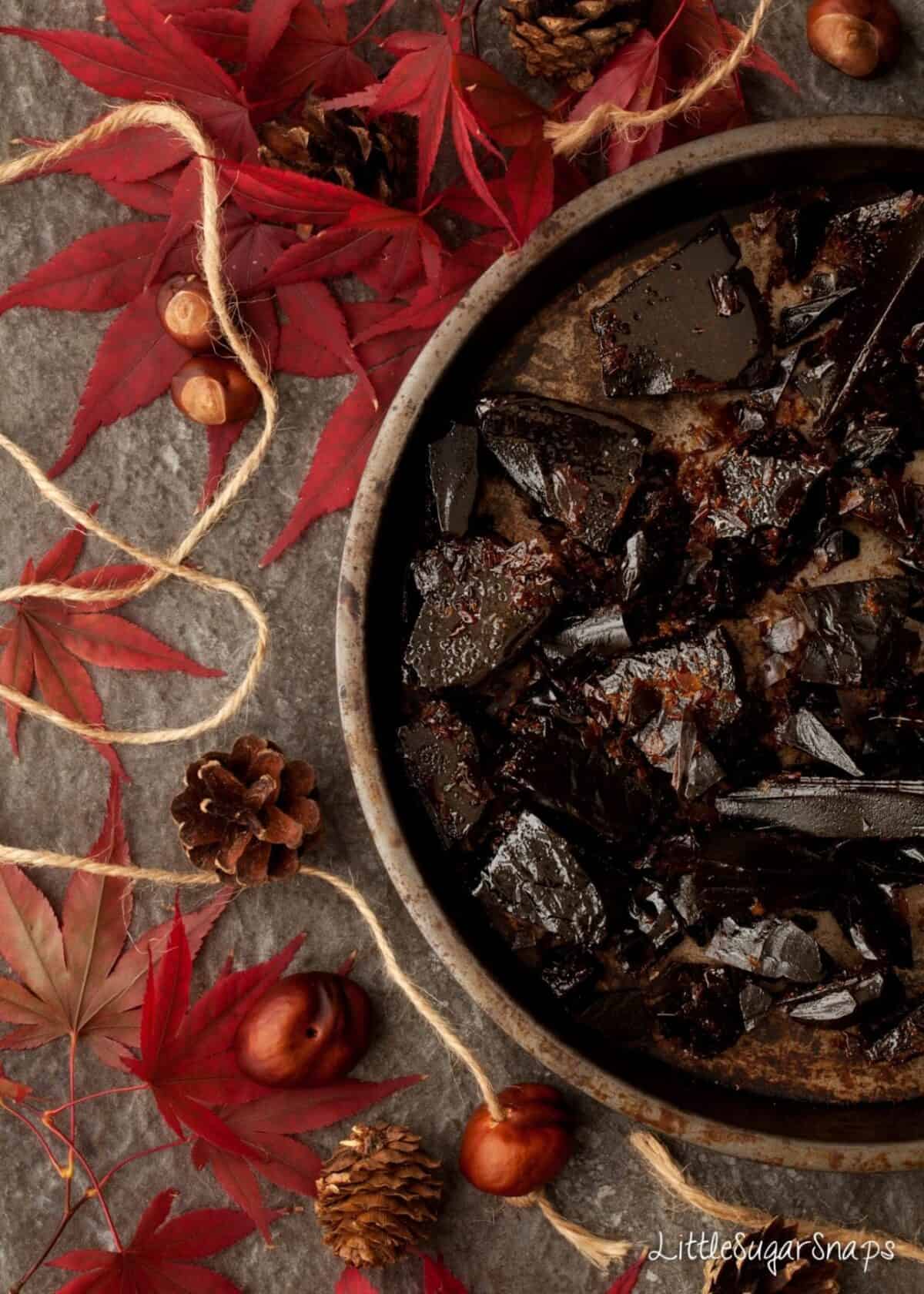
Want to Save This Recipe?
Jump to:
I’ve finally got my act together and perfected a recipe for traditional Bonfire Toffee (aka Treacle Toffee). I’ve been working on this recipe very intermittently for 2 years now.
My attempts last year were great tasting, but I hadn’t quite mastered the distinctive hard structure to make it true Treacle Toffee. The stuff worthy of serving up on Bonfire Night.
But I’ve got the recipe perfected now and I’m coming at you laden with handy tips, trays of Treacle Toffee begging to be shattered and some dinky little Treacle Toffee Lollipops.
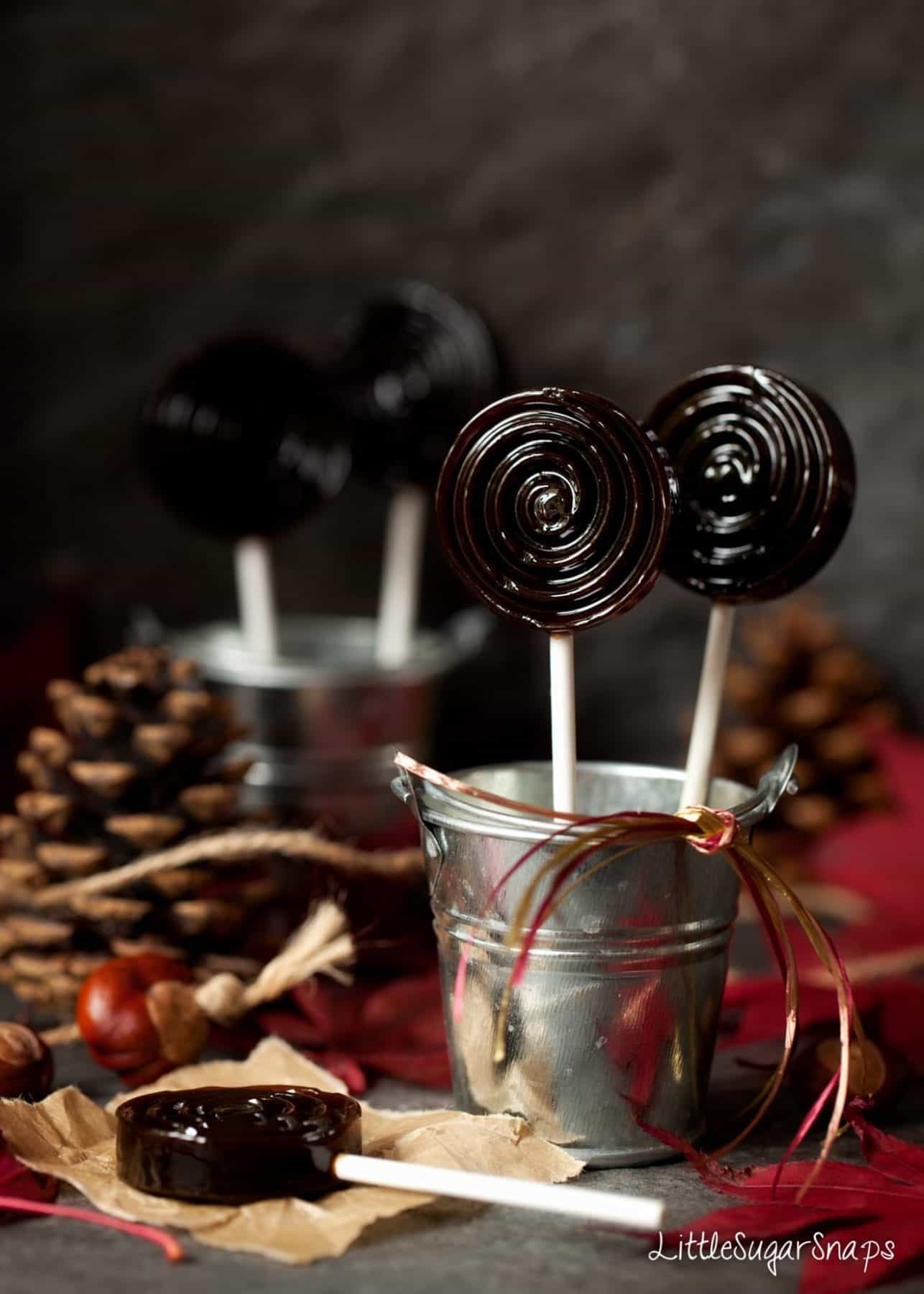
What is Bonfire toffee?
The Bonfire Toffee of my childhood memories is a form of hard candy made from brown sugar, golden syrup and black treacle (molasses).
It is as hard as rock and great fun to whack with a toffee hammer or rolling pin to shatter into irregular, shiny & beautiful chunks of deep, treacly delight.
When I asked my Mum for the recipe for the toffee from my childhood a few years back, she looked at me blankly. Apparently, the toffee was always brought along to our family Bonfire Night parties by my fabulous and lovely Gran who died many years ago. Sadly, my Mum had never seen the treacle toffee recipe herself, so could not pass it on.
Undeterred, I began hunting around for potential recipes for the stuff my Gran used to make. I soon discovered that there are plenty of recipes available for Hard Toffee and that they are all, reassuringly, very similar as far as ingredients & quantities go.
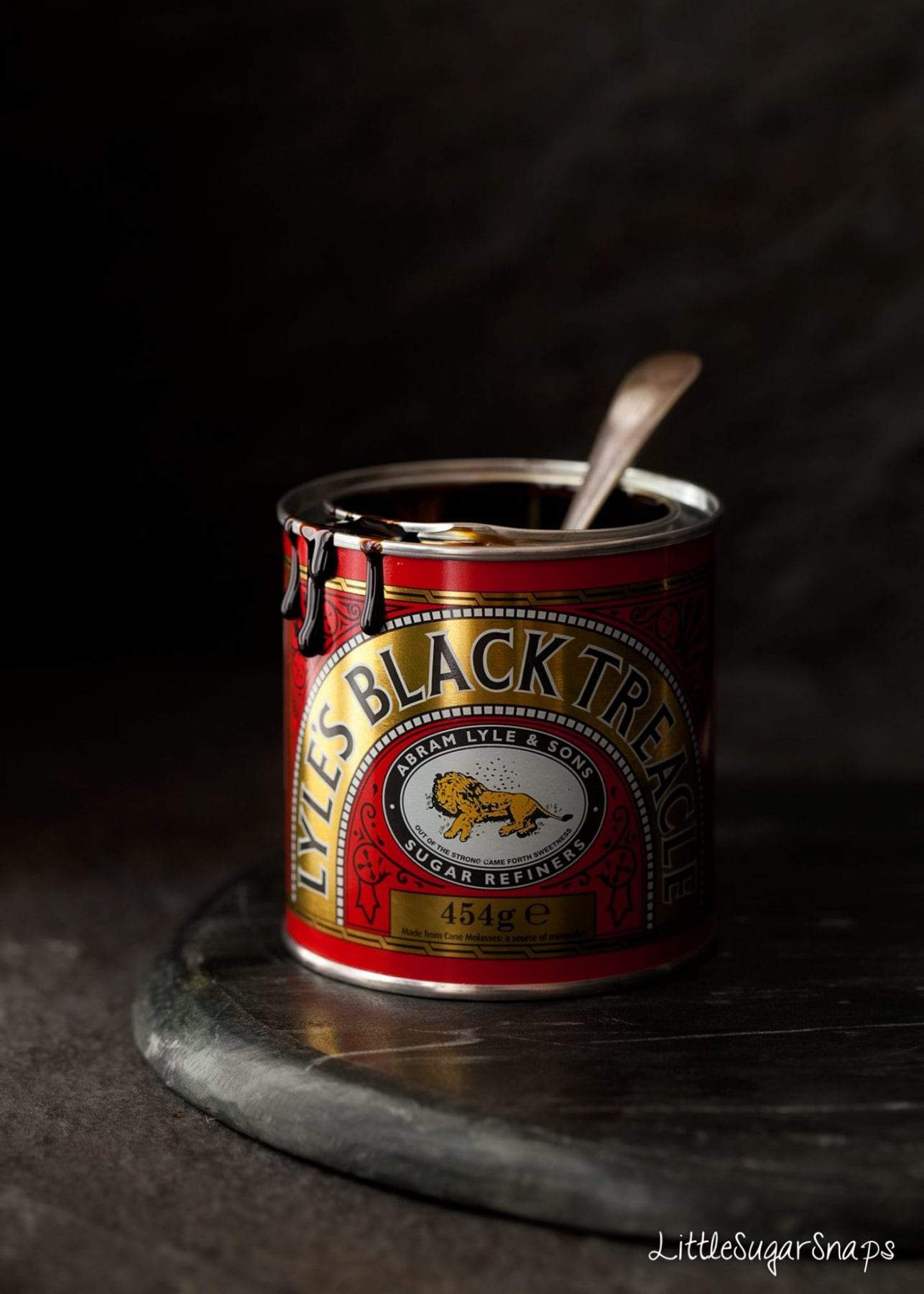
But, as I found out last year, having the right ingredients does not guarantee success when making hard toffee.
There are a few tricks to learn before you’ll be rewarded with a tray of perfectly shatterable Treacle Toffee that will last the test of time. In fact, when stored properly it will last for several weeks.
How to make treacle toffee
Before you start, read my recipe and notes in full to ensure you understand all stages of making bonfire toffee so that you are fully prepared:
- Grease & line a metal pan with baking parchment and put on a flat, heatproof surface. Also lay any silicon lollipop molds that you are using on a flat, heatproof surface
- Put all ingredients into a large, heavy-based saucepan and put over a medium heat
- Cook until all sugars have dissolved and the liquid is smooth and dark
- Turn up the heat (medium-high) and boil, stirring frequently, until the liquid reaches the hard crack stage (150C/ 300F) on a food/ sugar thermometer. This will take around 15 minutes – be patient and never leave the pan unattended since it could boil over and/ or the toffee could overcook and burn
- As soon as the toffee reaches 150C/ 300F, carefully pour it into your tin and/or molds and leave to cool completely. The tin will be very hot so avoid touching/ moving it around
- Once completely cold, give the toffee a few firm taps with a toffee hammer or the end of a rolling pin to break it up. If using silicon molds, the lollipops should unmold easily
- Store in an airtight tin (using baking parchment to keep layers of toffee separate) or wrap up in boxes or cellophane bags to give as gifts
Expert Tips
Here are my tips to help you achieve perfect, rock hard Bonfire Toffee:
- You can use brown sugar or dark muscovado sugar. Muscovado has a stronger molasses taste
- Some recipes suggest adding cream of tartar or white wine vinegar. This is to help prevent the formation of sugar crystals. Don’t worry, you won’t be able to taste these ingredients and you can use either in my recipe. But watch the quantities – my recipe calls for 1 tbsp of vinegar or ¼ tsp cream of tartar – quite a difference
- It is essential to use a reliable food thermometer that can withstand temperatures up to 150C/ 300F. I use a Thermapen.
- I recommend lining your baking tins with baking parchment. Although some recipes suggest greasing the baking tin and pouring the toffee in, I have had mixed results. Lining the tin with parchment removes the risk that the toffee will weld itself to the tin and refuse to come out
- Use a large heavy based saucepan – the ingredients should come just ¼ up the side of the pan when added. As the toffee cooks it will bubble and boil, rising up the side of the pan significantly. If your pan is too small the toffee will take a long time to reach the required temperature. And, if it boils over, onto your hob, it will be nasty to clean up
- The toffee is going to reach a very high temperature:
- Do not make this recipe with small children
- Do not be tempted to taste the toffee as it cooks
- Resist the temptation to multi-task
- Stick some favourite tunes on to while away the time and keep your eye on the pan. You really do not want it to bubble over or to overcook it and end up with bitter, burnt toffee
- If you are making the lollipops ensure you use silicon molds that can tolerate the high temperature of the cooked toffee. Do not use metal molds – remember, toffee can weld itself to metal. And no amount of teasing or bashing will shift these lollipops out. How do I know? ….. 24 hours of soaking my pops out of metal molds #epicfail
- Store the toffee as soon as it has cooled entirely in an airtight container. If you have already broken the toffee into chunks use baking parchment to separate the layers. Store at room temperature and avoid a humid environment. If left in the open bonfire toffee will become sticky (but it will still be edible and delicious)
Follow these rules and you should get a perfect slab of rock hard Bonfire Toffee to suck on. But promise me you’ll suck it. This toffee really is a tough guy – hard as rock.
Frequently asked questions
My attempts last year softened within a few hours. This was because I did not cook the toffee to the hard crack stage – 150C/ 300F. I hope my tips will help you achieve success, but if something goes wrong and you end up with soft toffee, don’t despair. Try storing it in the freezer until ready to eat. The freezer firms it up nicely and, once it’s in your mouth, you won’t care if it’s not rock hard. It will still taste wonderfully rich, buttery, sweet and… treacly.
Black treacle is a very British product and it would be rare for a UK supermarket, large or small, not to stock it. Elsewhere in the world it can be harder (and more expensive) to find.
I’m told that molasses makes an acceptable substitute for this treacle toffee recipe. Though keep in mind that black treacle has a distinctive bitter taste that regular molasses will lack. This will, of course, affect the final taste and colour of your hard toffee.
Blackstrap molasses has a robust flavour with an edge of bitterness about it. It is perhaps a better closeness to the flavour profile of black treacle, so it’s worth giving this a go if you have some to hand.
Traditionally, Treacle Toffee is served on Bonfire Night here in the UK, but it would be perfect for Halloween too – especially the cute lollipops. Just wrap them in cellophane to hand out to your spooky door knockers.
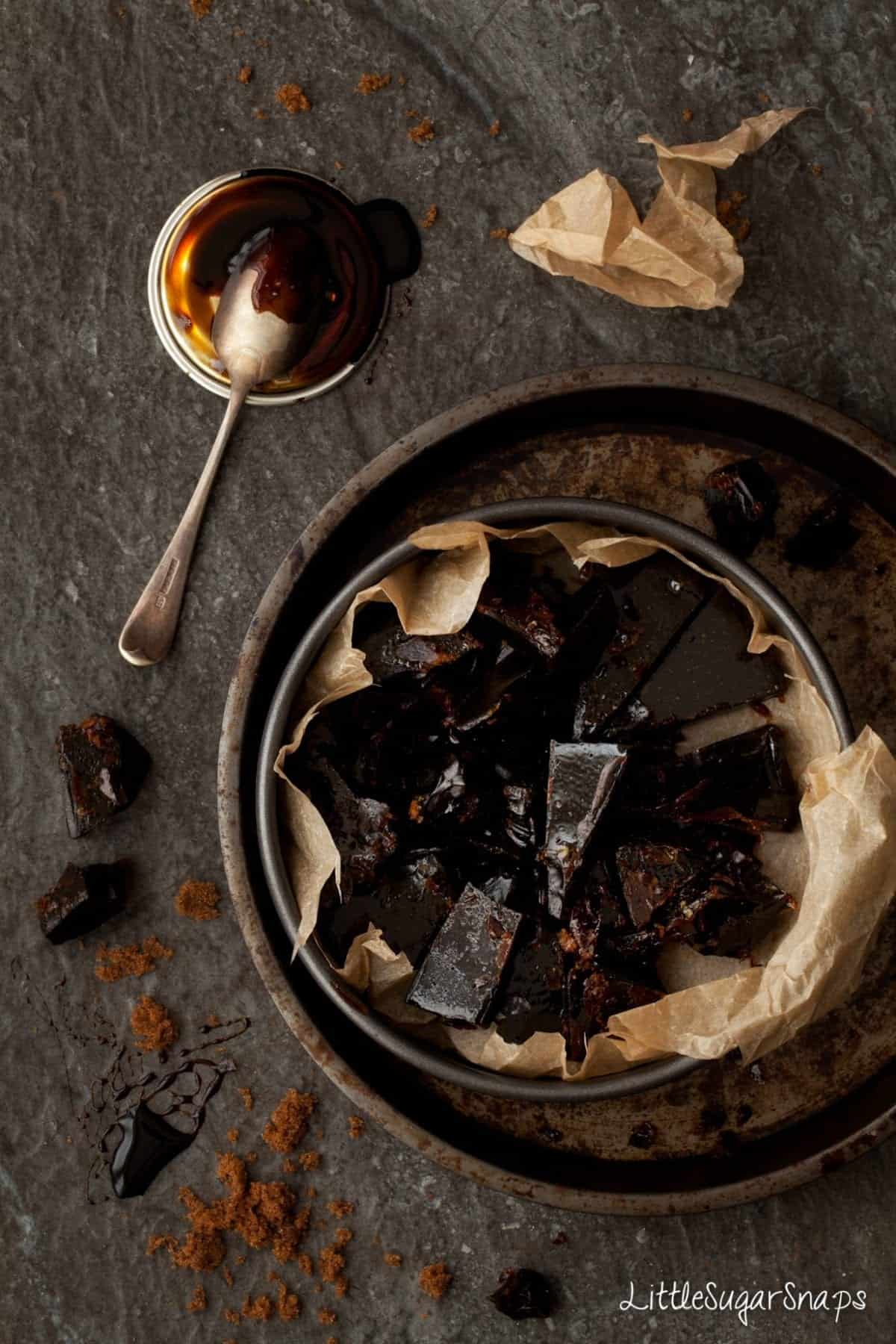
More treats for Bonfire Night
Read my guide on catering for Bonfire Night or try the following recipes:
Have you made this recipe for treacle toffee? Is it just like the stuff of your childhood too? Please leave a review to let me know what you thought of it.
Stay in touch: sign up to receive LittleSugarSnaps newsletters to hear when new recipes are published. Or follow me on social media:
📖 Recipe
Want to Save This Recipe?
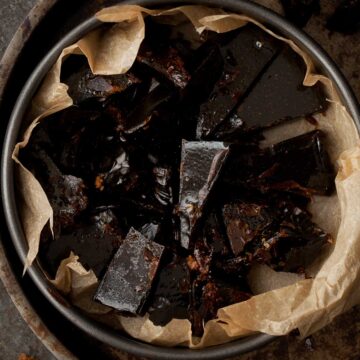
Bonfire Toffee (Treacle Toffee)
Ingredients
- 450g/ 1 lb Dark Brown Sugar
- 125ml/ ½ cup Water
- 125g/ 4 ½ oz Golden Syrup See notes on substitutions
- 100g/ 3 ½ oz Black Treacle See notes on substitutions
- 25g/ 1 oz Butter
- Either 1 tablespoon White wine vinegar or ¼ teaspoon cream of tartar
Instructions
- Before you start read the recipe notes for all of my cooking tips
- Grease & line a metal pan (see notes for size) with baking parchment and put on a flat, heatproof surface. Also lay any silicon lollipop molds on a flat, heatproof surface
- Put all ingredients into a large, heavy-based saucepan and put over a medium heat. Cook until all sugars have dissolved and the liquid is smooth and dark
- Turn up the heat (medium high) and boil, stirring frequently, until the liquid reaches the hard crack stage (150C/ 300F) on a food/ sugar thermometer. This will take around 15 minutes – be patient and do not leave the pan unattended since it could boil over and/ or the toffee could overcook and burn
- As soon as the toffee reaches 150C/ 300F, tip it into your tin and/or molds and leave to cool completely
- Once cool, give the toffee a few firm taps with a toffee hammer or the end of a rolling pin to break it up. If using silicon molds, the lollipops should unmold easily.
- Store in an airtight tin (using baking parchment to keep layers of toffee seperate) or wrap up in boxes or cellophane bags to give as gifts
Notes
- The size of tin required depends on your preference. If you like a thick toffee, go for a square or round tin approx 8 inches across. If you prefer a thinner toffee, use a rectangular tray approx 8 x 12 inches.
- If you are making lollipops, then you will most likely have far too much toffee to fill your molds. Prepare a couple of tins of different sizes to pour the excess toffee into. As a guide: I made 8 lollipops, each measuring approx 1.5 inches using ¼ of the recipe listed here
- If you cannot get hold of golden syrup, try using light corn syrup
- Black treacle is an extremely thick, dark, sugar syrup containing cane molasses which gives it a special flavour. The treacle, however, is less bitter than pure molasses, so substituting dark molasses could result in a more bitter toffee. If you cannot get hold of black treacle, try using equal quantities of molasses and golden syrup
- You can use brown sugar or dark muscovado sugar. Muscovado has a stronger molasses taste
- Some recipes suggest adding cream of tartar or white wine vinegar. This is to help prevent the formation of sugar crystals. You can use either. But watch the quantities – my recipe calls for 1 tbsp of vinegar or ¼ tsp cream of tartar – quite a difference
- It is essential to use a reliable food thermometer that can withstand temperatures up to 150C/ 300F. I use a Thermapen.
- I recommend lining your baking tins with baking parchment. Although some recipes suggest greasing the baking tin and pouring the toffee in, I have had mixed results. Lining the tin with parchment removes the risk that the toffee will weld itself to the tin and refuse to come out
- Use a large heavy based saucepan – the ingredients should come just ¼ up the side of the pan when added. As the toffee cooks it will bubble and boil, rising up the side of the pan significantly. If your pan is too small the toffee will take a long time to reach the required temperature. And, if it boils over, onto your hob, it will be nasty to clean up
- The toffee is going to reach a very high temperature. Do not make this recipe with small children. Do not be tempted to taste the toffee as it cooks. Resist the temptation to multi-task. Keep your eye on the pan to avoid it bubbling over and to ensure you do not overcook the ingredients & end up with bitter, burnt toffee
- If you are making the lollipops ensure you use silicon molds that can tolerate the high temperature of the cooked toffee. Do not use metal molds – remember, toffee can weld itself to metal. And no amount of teasing or bashing will shift these lollipops out. How do I know? ….. 24 hours of soaking my pops out of metal molds #kitchenfails
- Store the toffee as soon as it has cooled entirely in an airtight container. If you have already broken the toffee into chunks use baking parchment to separate the layers. Store at room temperature and avoid a humid environment. If left in the open bonfire toffee will become sticky (but it will still be edible and delicious).

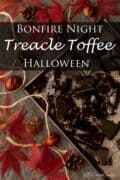
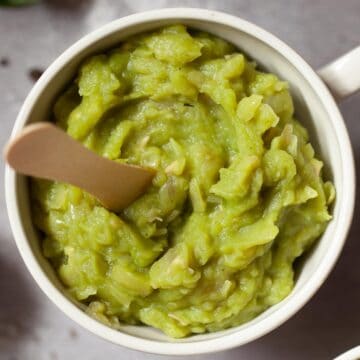
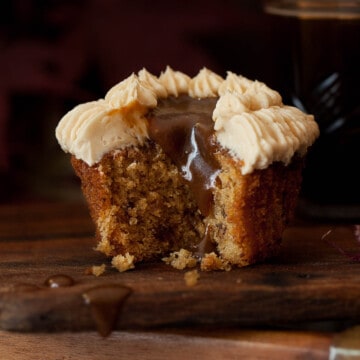
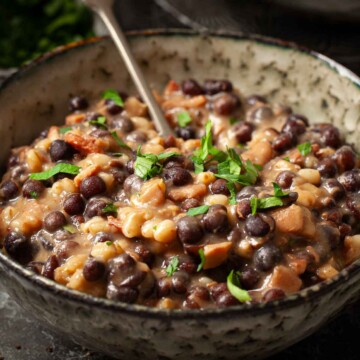
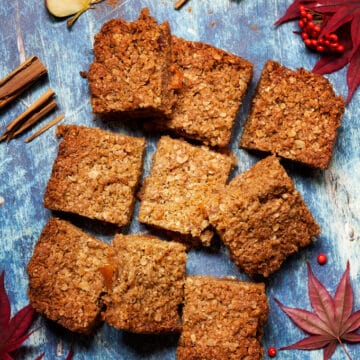
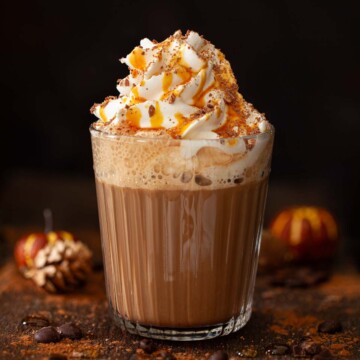
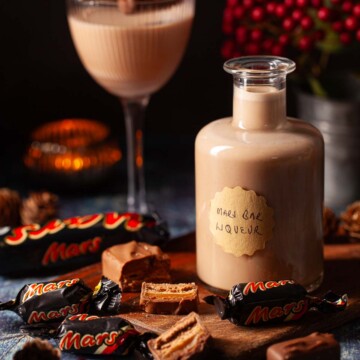
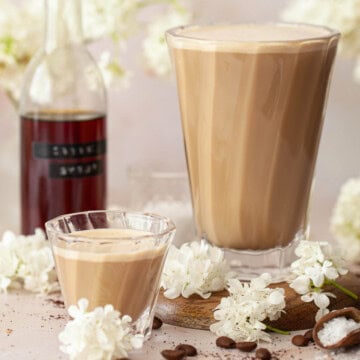
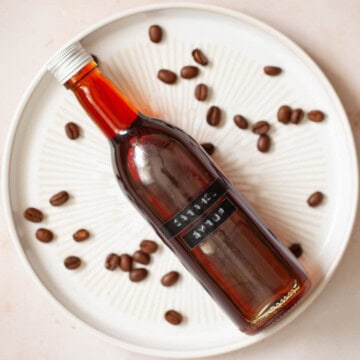
Eileen
Wow! Thanks so much for this. The recipe’s so clear and all your hints and tips are invaluable. Treacle toffee is my mum’s favourite so I thought I’d try making some for her birthday. However, although I’ve made other sweets, I’d never tried making toffee, probably because, personally, I’m not really a fan. I searched around the web for a recipe and yours was the clearest and most comprehensive. I made it yesterday and it’s AMAZING! Safe to say, I’m now a treacle toffee convert. Thanks so much!
Jane Saunders
Ah Eileen, that’s an incredibly kind comment – thankyou so much for this!
Chantal
Maybe a silly question but if the toffee sticks to metal pans, how do you wash the saucepan after boiling and pouring into prepared pans?!
Jane Saunders
There’s never a silly question about caramel making! Hot soapy water helps get the pan clean after it’s been made. And if it’s being stubborn. just leave the pan full of water for 30 minutes for the caramel to dissolve.
Lisa
Perfect results, just like my gran made – thank you!
Jane Saunders
Thanks for the feedback Lisa – glad you enjoyed it.
Kazuko Catalano
Excellent post. Keep writing such kind of info on your page.
Im really impressed by your blog.
Jules
Great recipe for perfect treacle toffee as I remember it from my childhood. Thank you.
Alison
Just like my grandma used to make!!
Having made several (unsuccessful) attempts at making rock hard treacle toffee over the years, which produced a few pans full of something that would be better suited to tar the roads with ?♀️? I’d all but given up…then I found this recipe! So easy yet absolutely perfect. Thank you!
Jane Saunders
Fantastic Alison – it took me a bit of trial and error to perfect the recipe, but at least now it’s written down. Inspired by my fond memories of Bonfire Nights long ago with my lovely Gran and her amazing Bonfire Toffee, so I’m thrilled you’ve found this recipe useful too!
Katrina
Hi I’m looking to make treacle toffee and my Nanny used to make it but unfortunately she is no longer here either to ask how she made it and my aunties and uncles are not quite sure either. I was just wondering, I understand in your recipe that a thermometer is necessary but I do not have one and I just wondered if it is at all possible to not use it as surely people like my Nanny wouldn’t have had a thermometer back in those days to make it with? ? i love your detailed recipe and i’m looking forward to trying! x
Jane Saunders
That’s a great question. Thanks for bringing it to my attention – this is something I definitely need to cover in my post. I’ve found an article on the BBC food website that might help you: https://www.bbc.co.uk/food/techniques/how_to_test_for_stages_of_sugar_syrup 🙂 Your Granny probably used this ice-cold water trick too – Basically, you’ll need to keep a very close eye on the toffee as it cooks and keep on testing it until you reach the hard crack stage. Do take care not to end up with it burnt, as it’s not pleasant to eat like that. If you can stretch to buying a thermometer, you stand less chance of ending up with soft/ burned toffee by heating it too little/ too much. They don’t have to be expensive – I found this one on amazon at £8.35 https://amzn.to/3vhJAYf
Hope the links helps and thanks again for asking such a great question.
Alison
Yes! My grandma used to drop it in ice water to see if it was ready.
Jane Saunders
Such a neat trick!
Emma
The first was the right texture.. hard and crunchy.. but it was burnt by time it hit 142… So I did it again and I only let it get to 141… and it tastes delish and was hard as it should be.. but once in mouth it went chewy. Is that how it should be? Or should it be more like hard boiled sweets and stay crunchy
Jane Saunders
Hey Emma, so pleased you gave it another shot and got better results. It should be hard like a boiled sweet – which happens when the temperature gets to 150C (known as the hard crack temperature: https://www.recipetips.com/kitchen-tips/t–1459/how-to-test-stages-of-sugar.asp.) As you can see from those charts, your toffee should not be burning at 142C.
Are you UK based and able to get the exact ingredients listed? I’m afraid I’m at a loss as to why your toffee would burn if the ingredients are right, your thermometer is working and you have been stirring frequently.
Nevertheless, when I first attempted bonfire toffee it took me a few goes to get it right – I ended up with a batch that went hard initially but then softened. I stored it in the freezer so it went nice and hard, then it would soften in my mouth as I ate it. Though not perfect it was still delicious. It sounds as if your toffee is behaving in a similar way as it didn’t’ reach 150C – if it gets sticky pop your pieces into the freezer to firm up before sucking them.
Emma
I am UK. The only difference is the first batch I used dark muscovada. The second I used dark brown sugar. I am please with the results but I am tempted to try again today to get it just right. Alot of sugar recipes say don’t stir the mixture and just let it boil. Have u done it without stirring? X
Jane Saunders
Hey Emma, that’s interesting re the sugar. It’s possible it made the difference, who would have thought it.
Re stirring, I find that once everything has dissolved I’m generally fine to stir this kind of sugary liquid. I know that when making caramel using just sugar or sugar with just a splash of water, this should not be stirred, but because there are so many other ingredients in this toffee recipe, stirring is okay and it helps everything cook more evenly.
Emma
3rd time lucky and omg… this is so good. Finally got the temp over 150. I’m guessing it was the muscovada that had a much bitter taste as I did nothing different. I’m addicted ??
Jane Saunders
Fantastic – so very pleased Emma. Thankyou for taking the time to write in so we could troubleshoot together and get you on the right track. Bonfire toffee is such an old-fashioned yet heartwarming treat. It brings back fond memories of my wonderful Gran, so it’s all the more important for me that readers get success with this recipe so they get a touch of nostaglia too.
Emma
Is 150°c the correct temp to get to? I have tasted it now and if it wasn’t for the burnt taste this would be perfect. Would the temp at 140 be ok? Gonna try it again ?
Jane Saunders
Hi Emma -I just spotted this message but have just replied to your next one (150C is correct – details above).
Emma
I’ve just made this and put in the tray to set.. my temp got to 142 and it smelt really burnt. I hadn’t left it at all and kept stirring frequently. I haven’t tried it yet but was worried about the burnt smell
Jane Saunders
Hi Emma, if you’ve been constantly stirring it as instructed, everything is measured out correctly and your thermometer is accurate, then everything should be fine. Treacle is quite intense, both in flavour and smell, so that could be behind it. If it turns out to be burned and you are certain that all measures and instructions were followed accurately then I would double check your thermometer is calibrated properly. Hope this helps.